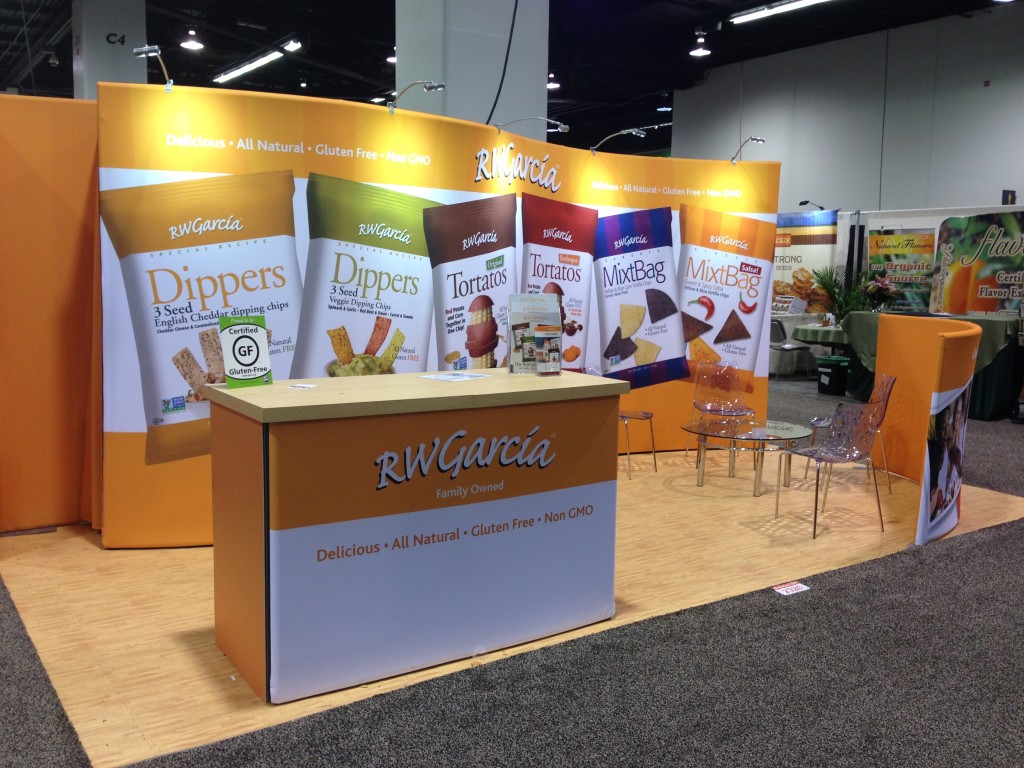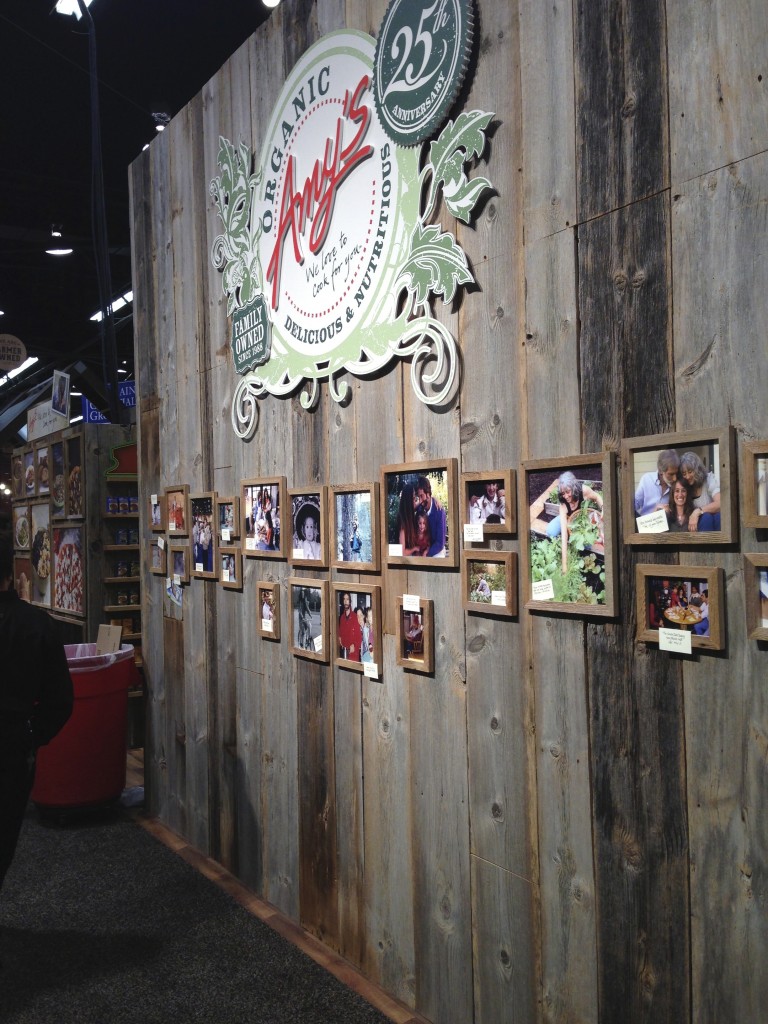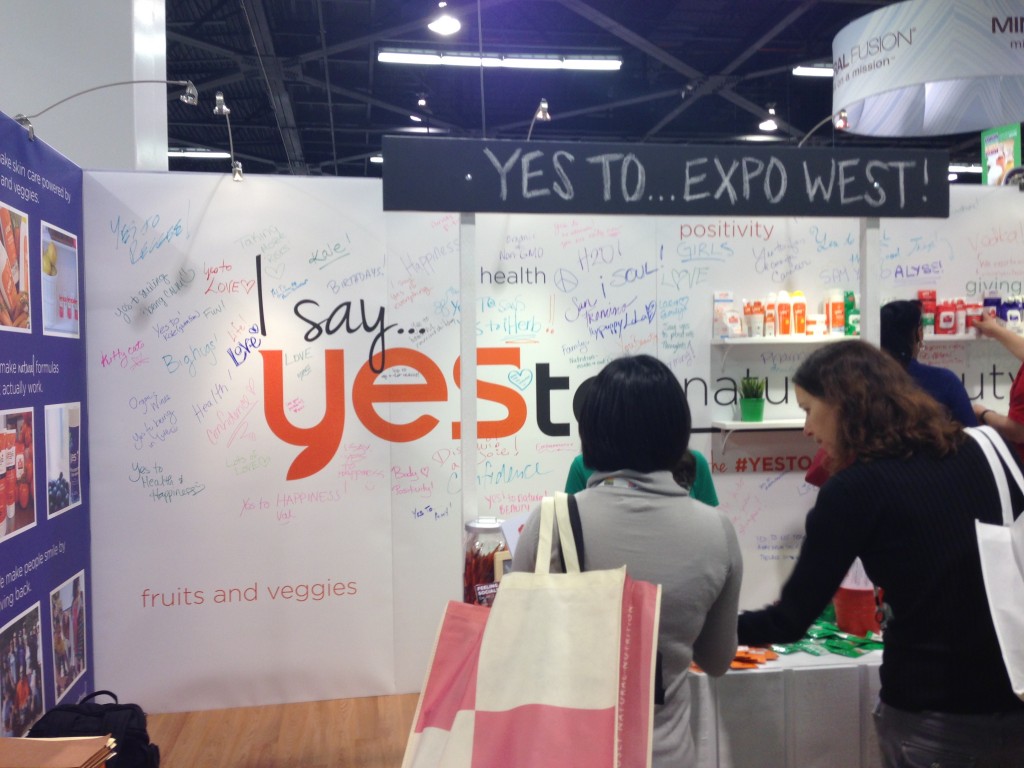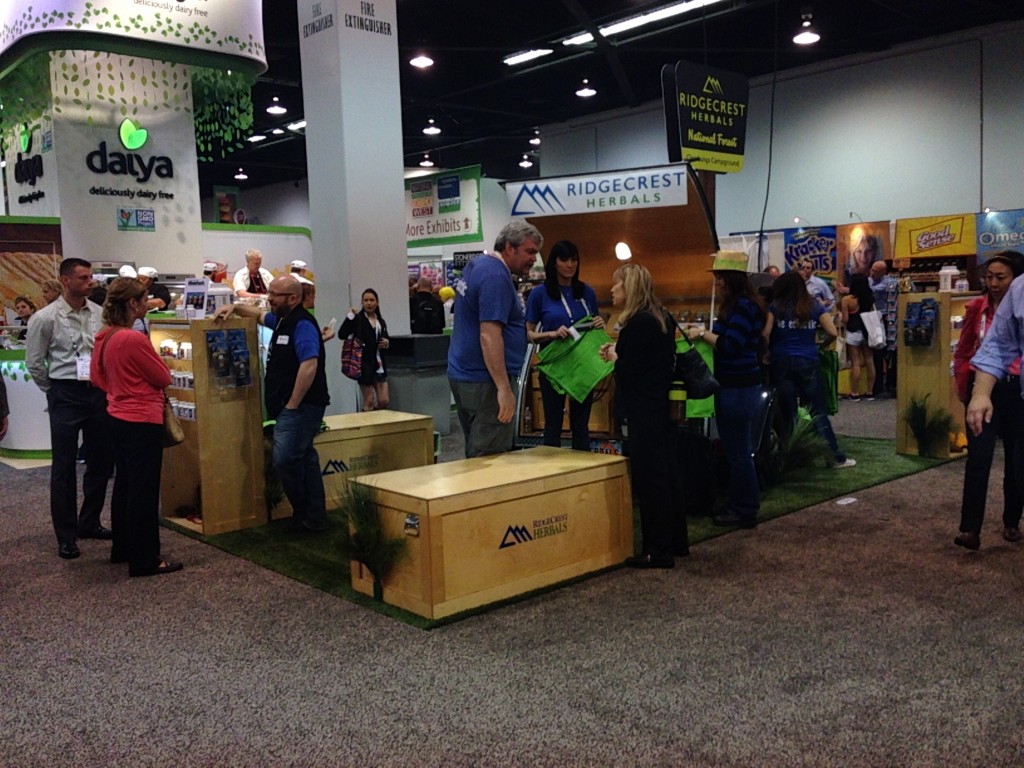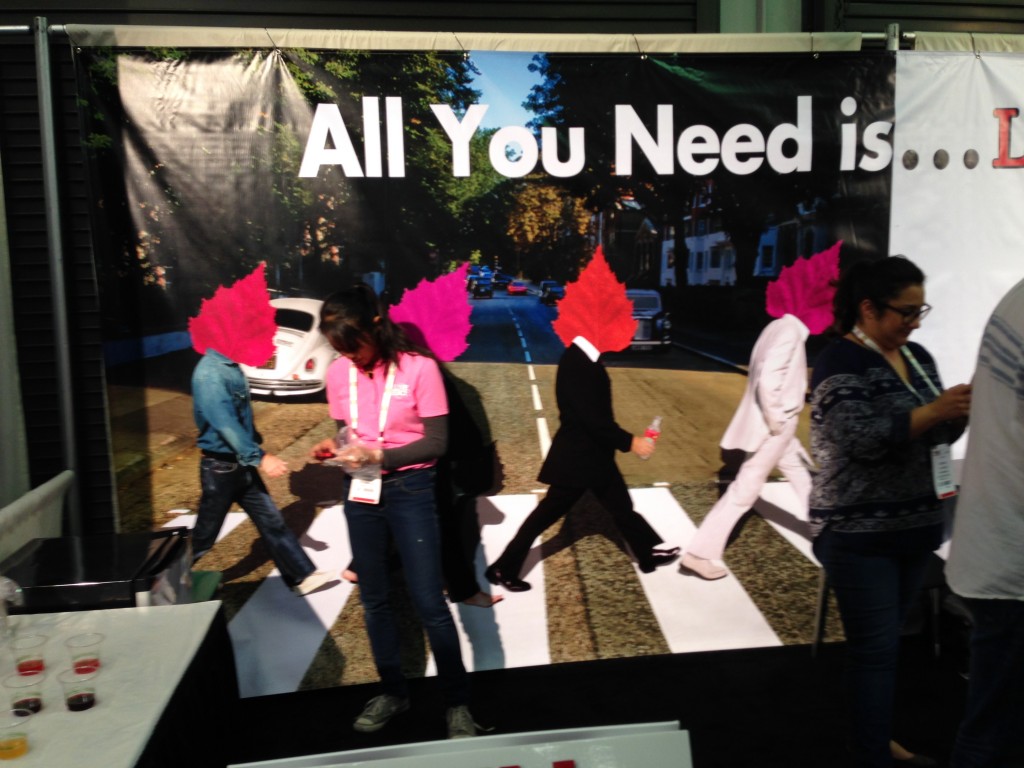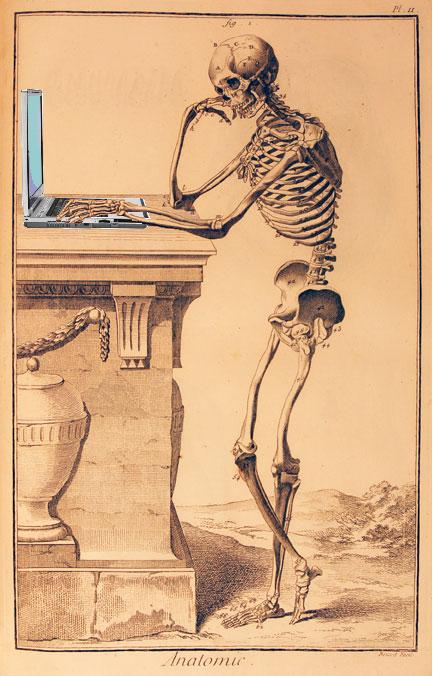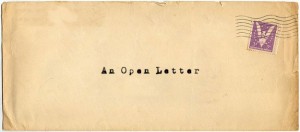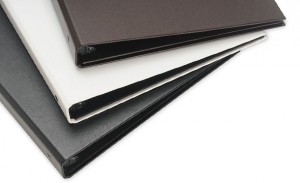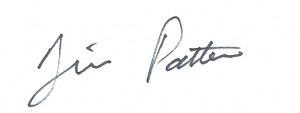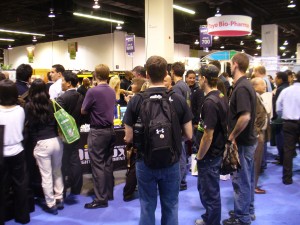Tradeshow Marketing Analysis, Part 3: Pre-show Preparation
Check out Part 1 and Part 2 of this ongoing series.
Tradeshow pre-show preparation and marketing involves more than just a short look at how to attract visitors to your booth, or determining what graphics you’ll need to update on your booth. While there are more areas in your pre-show preparation that you shake a stick at, for the purposes of this article let’s take a look at just the target market and the products you’re focusing on:

So who, or what, exactly is your target market? Are you trying to reach grocery store owners, food distributors, software engineers or end users of your product? Keep in mind that your target market can change from show to show, and it can also change from year to year as your company matures. For instance, one eco-friendly diaper company I’ve worked with for years has seen their target market shift along with their strategy for each show as their products are in more stores now than a half a decade ago. They don’t need the distribution that they once yearned for. Now it seems that they need to focus more on the relationships with the clients they do have by providing them with the best service and product updates as possible, and add new distribution channels only if appropriate.
Typically, pre-show preparation will often focus just on pre-show marketing, and there’s nothing really wrong with that. If you focus exclusively on that, you may forget a few other items such as staff training or critical booth upgrades. Still, how you address your pre-show marketing will be crucial to the outcome of your show.
With pre-show marketing, here are some questions to ask:
- How will you reach them before the show?
- Email
- How far in advance of the show do you email your group?
- How many times to you email them before the show?
- What is your message?
- Product
- Service
- Email
- Social media
- What platforms do you promote your show appearance on?
- YouTube
- Other
- What platforms do you promote your show appearance on?
- Direct mail
- Telephone
- Other
- What is your message to the market?
- What are your top 1, 2 or 3 products/services you’re focusing on for the next show?
- When do you typically roll out your pre-show marketing?
- One week in advance of the show
- One month in advance of the show
- Two months in advance of the show
- Three months of the show
- Other
- How often do you communicate with them prior to the show?
- 1-2 times
- 3-5 times
- More than 6 times
By walking through this flowchart, you can identify areas that you’re strongest at, and determine what areas might need more attention. There’s no wrong answer when it comes to what pre-show marketing you should do or when you should do it, or even what you should focus on. But it is important that you create a plan, make sure that everyone involved in your tradeshow marketing efforts are aware of the plan and are able to do their part.

